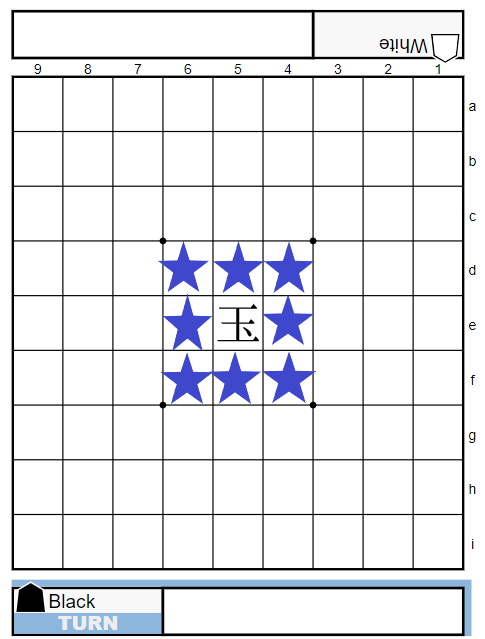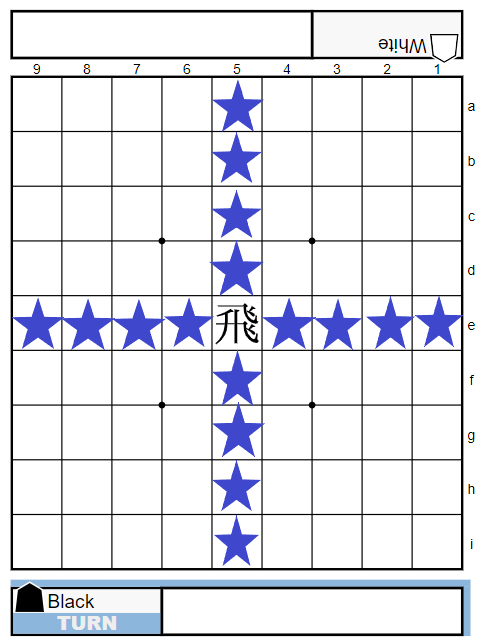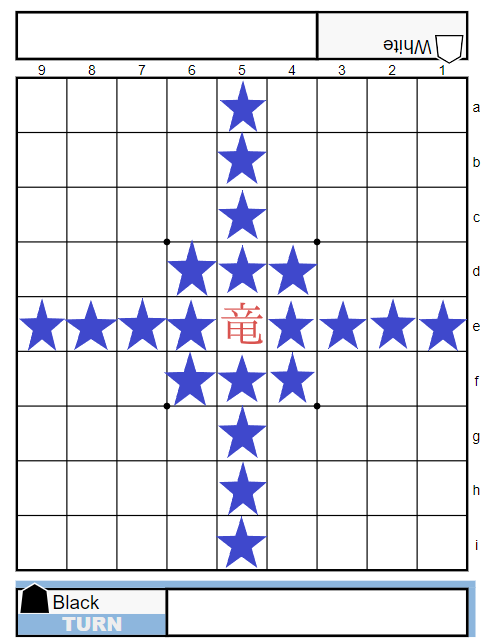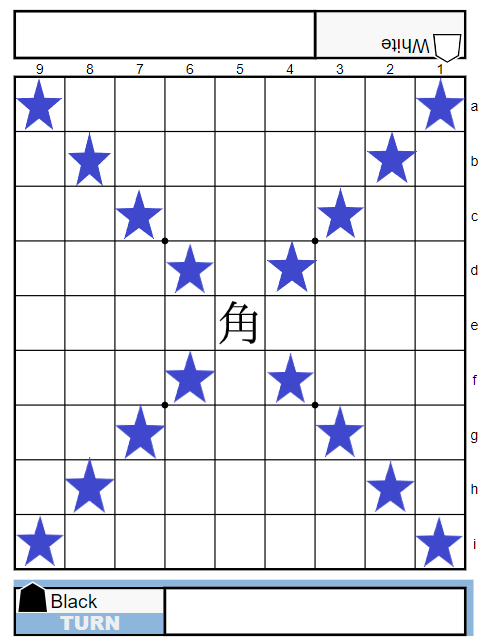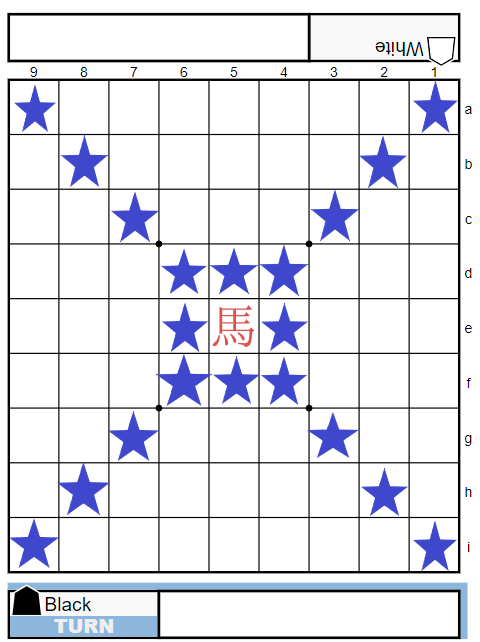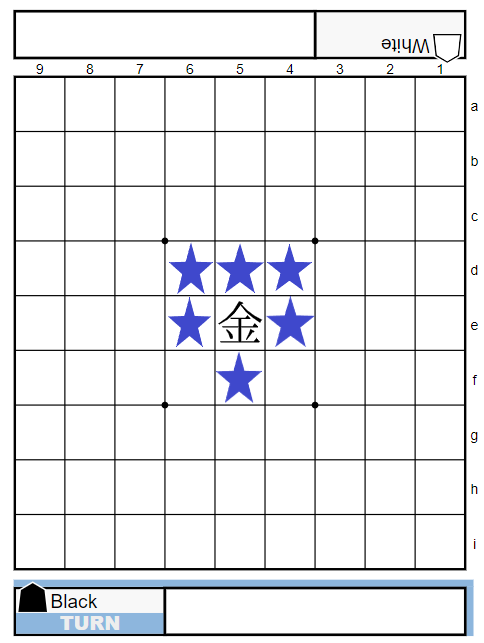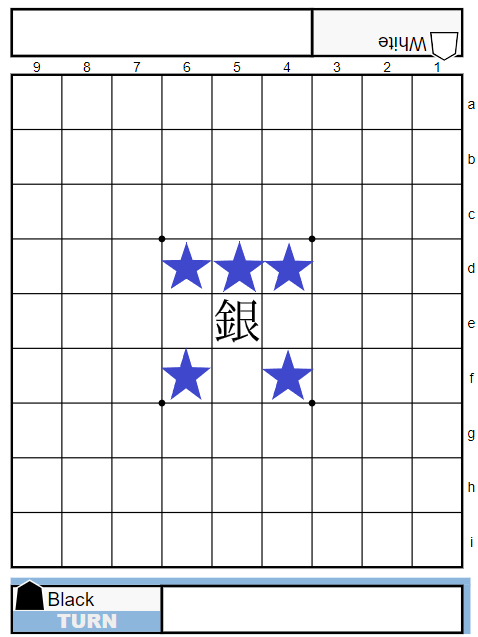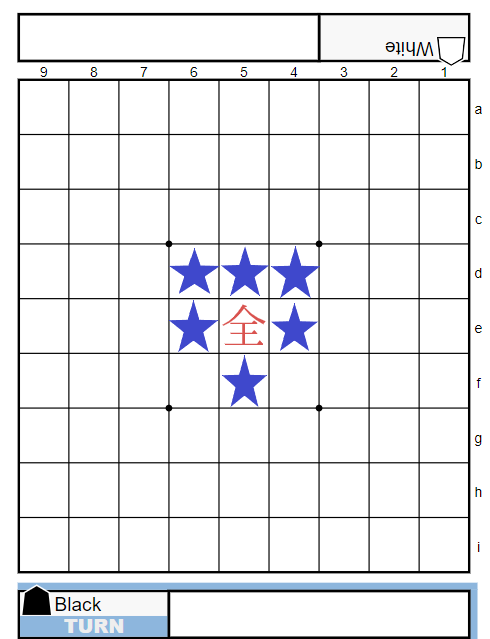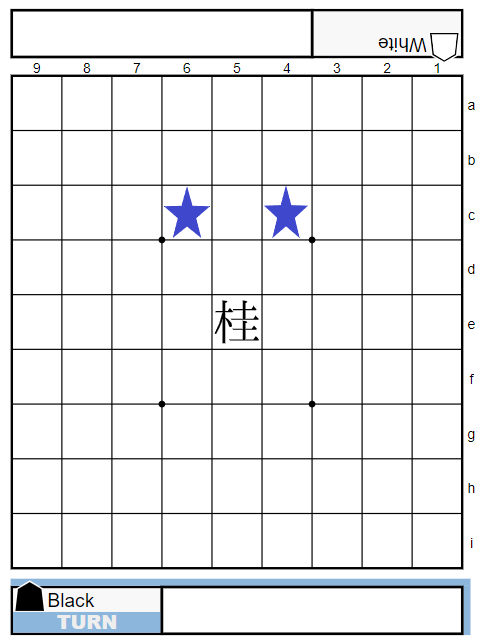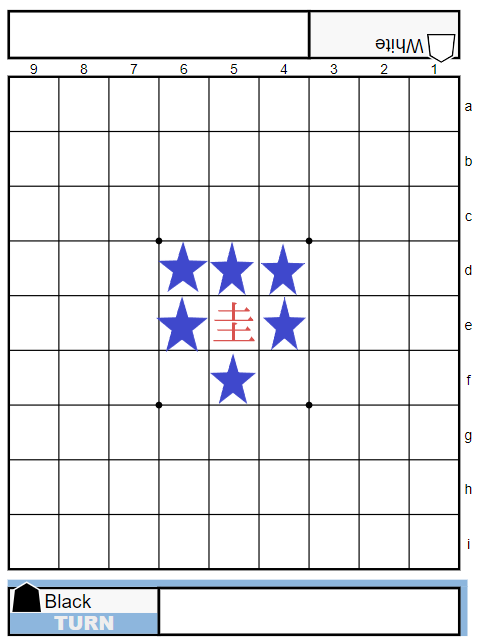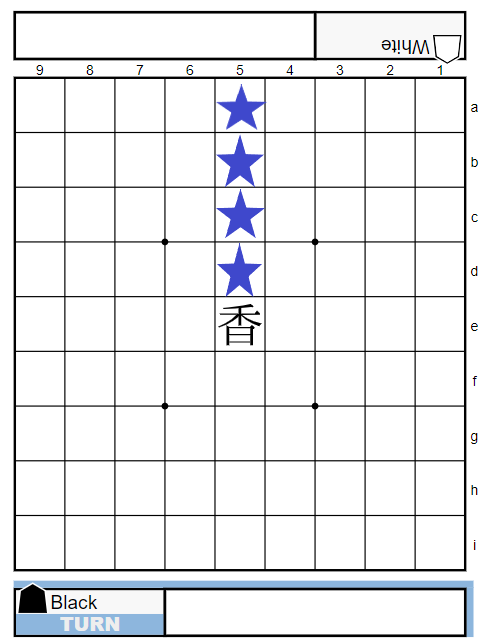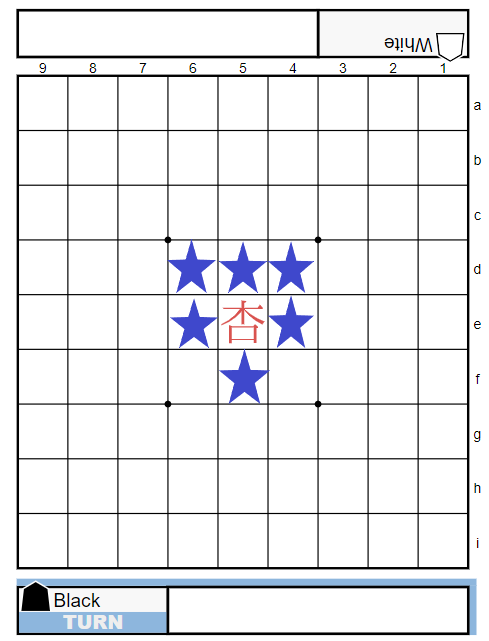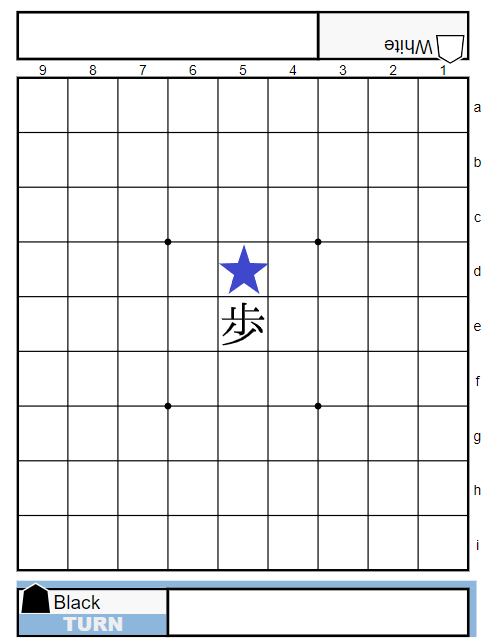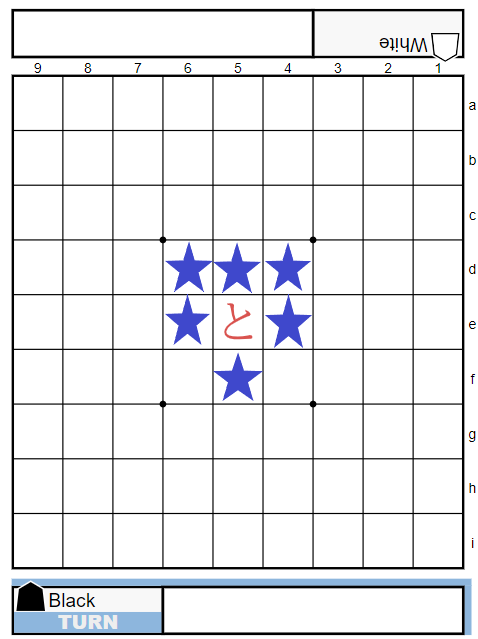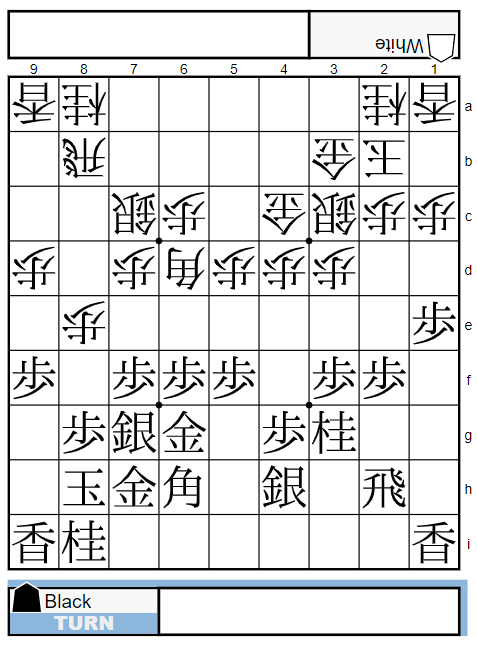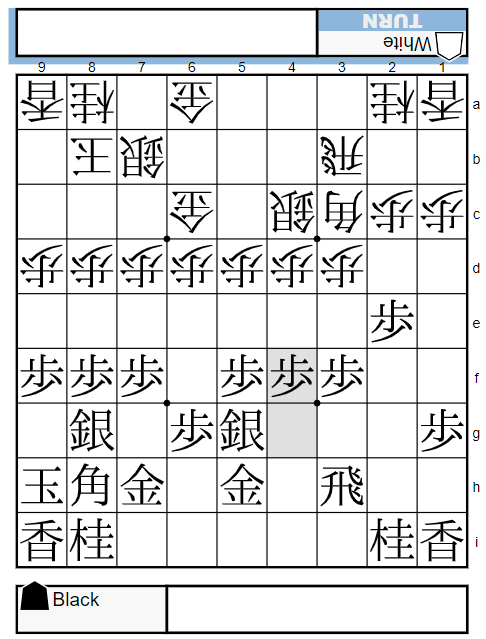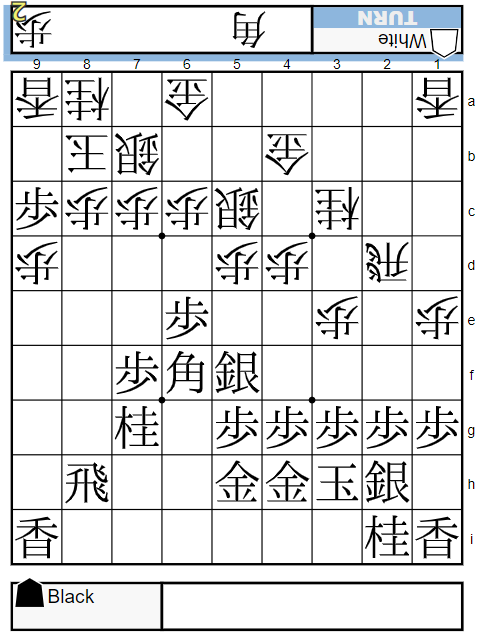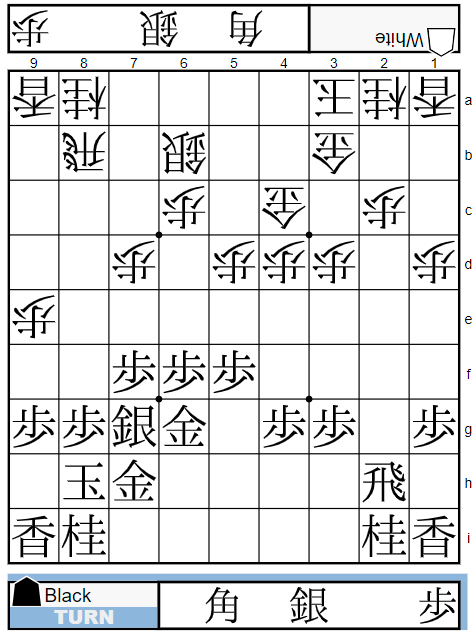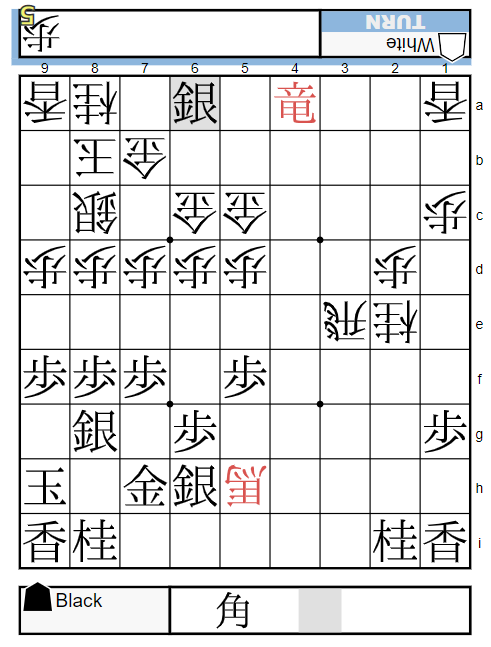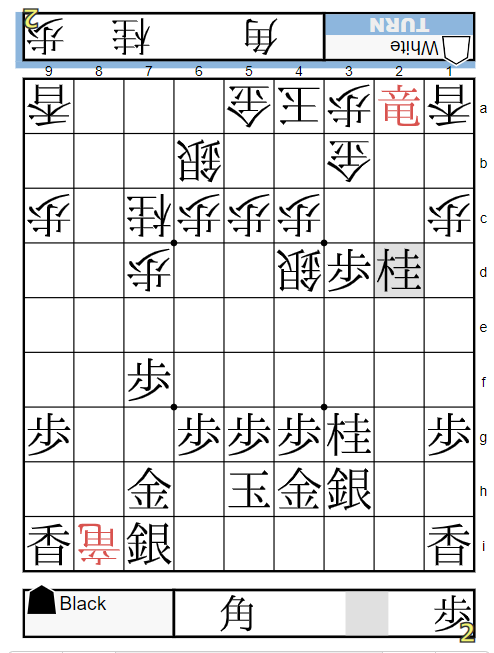shogi castles are defensive structures of pieces that protect the king. castles are paired with what opening you play. if you develop Boat Castle against Statick Rook, you may lose easily because Boat Castle is weak against a frontal attack.
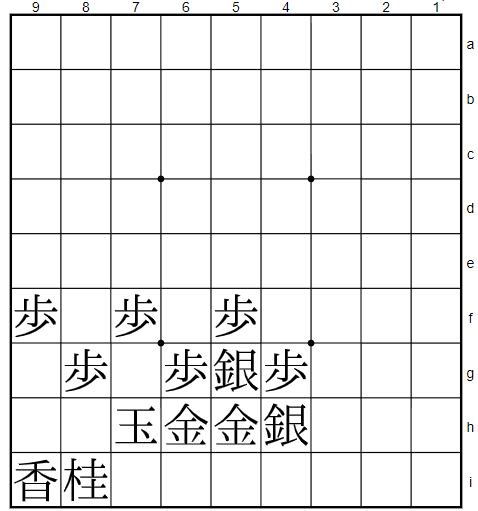
Boat Castle
used against Ranging Rook.
pros: easy to develop. the golds and silvers are connected well.
cons: weak against a frontal attack. it’s not far from attack.
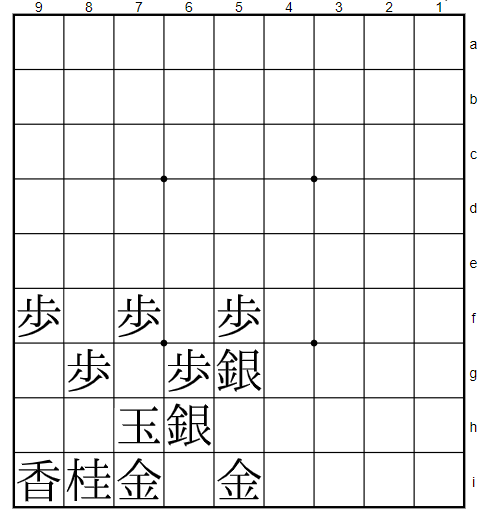
elmo castle
used against Ranging Rook
pros: easy to develop. the structure of 6h-Silver and 7i-Gold is strong.
cons: weak against a frontal attack. it’s hard to more develop.
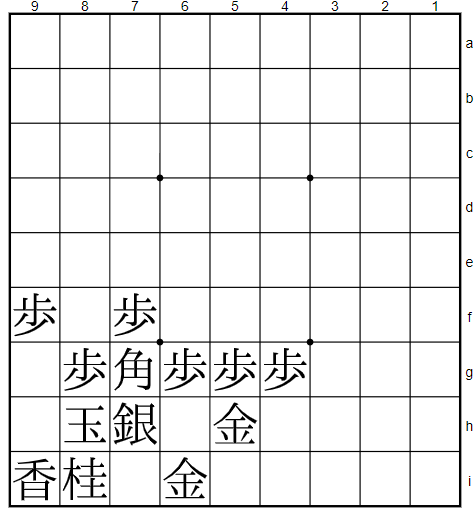
Left Mino
often used against Ranging Rook
pros: strong against side attack. it can be more developed.
cons: when the Bishop is gone, the king’s diagonal open. the king and Bishop can be attacked at the same time.
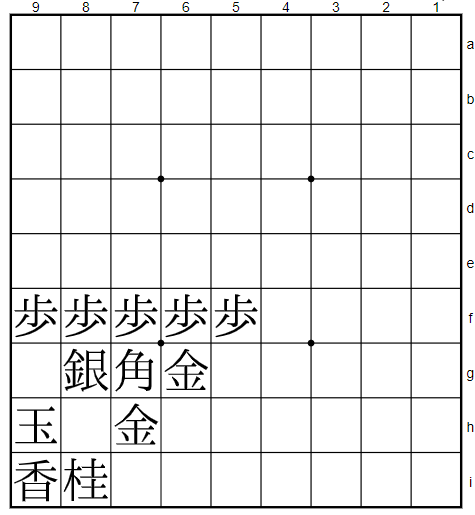
Silver Crown
often used against Ranging Rook
pros: strong overall.
cons: takes time to develop. the bishop tends to be passive. the king and bishop can be attacked at the same time.
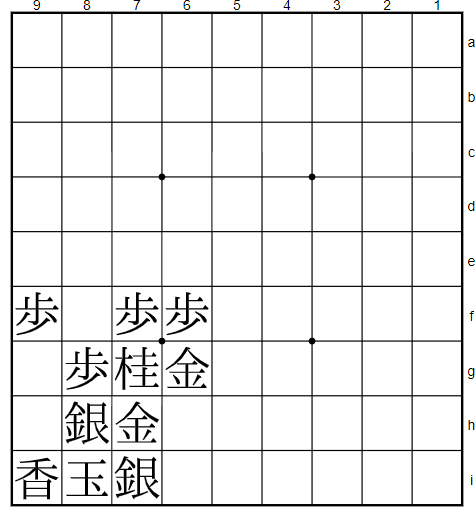
Millennium
used against Ranging Rook
pros: strong and far from attack. the Knight can be an attacker.
cons: takes time to develop. the Knight can be attacked.
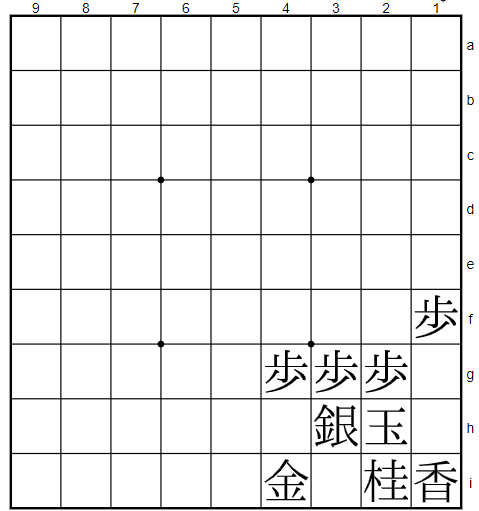
Half Mino
used in Ranging Rook vs. static rook games and Double Ranging Rook games.
pros: easy to develop. it can be more developed.
cons: not strong overall.
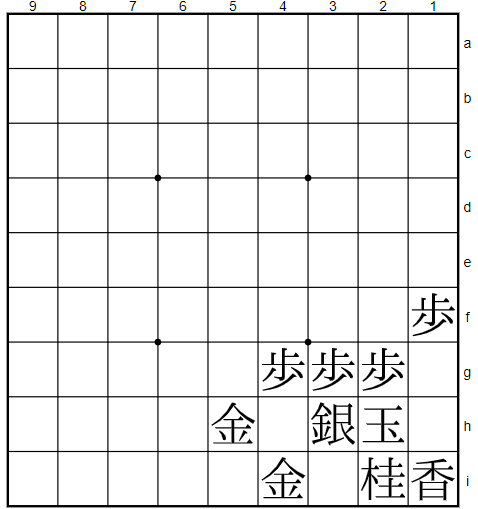
Mino Castle
used in Ranging Rook vs. static rook games and Double Ranging Rook games.
pros: easy to develop. strong against side attack. it can be more developed.
cons: not strong against a frontal attack. weak against the edge attack.
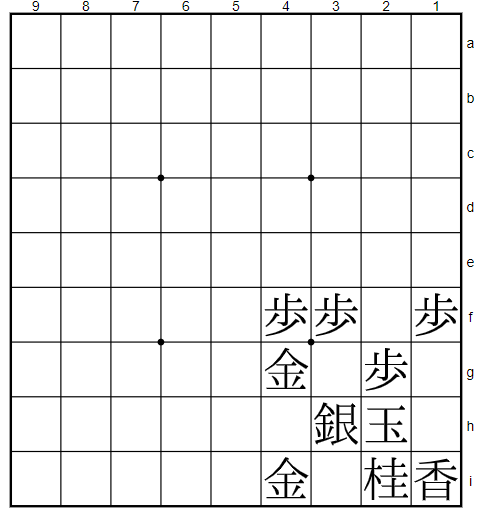
High Mino
used in Ranging Rook vs. static rook games and Double Ranging Rook games.
pros: strong overall. it can be more developed. 2i-Knight can be an attacker.
cons: it’s not strong against side attack compared to Mino castle. 4g-Gold tends to be a target.
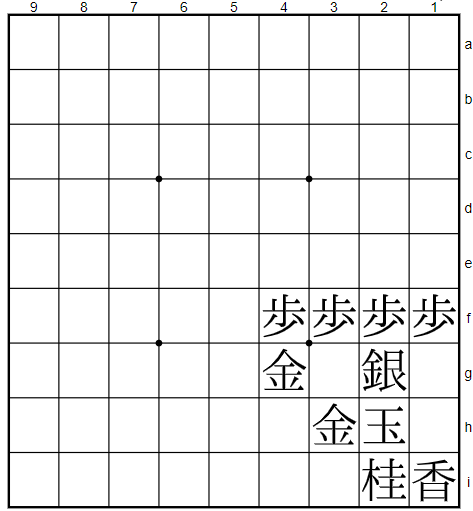
Silver Crown
often used in Ranging Rook vs. static rook games.
pros: strong against a frontal attack. the Knight can be an attacker.
cons: it takes time to develop. it’s not strong against side attack compared to High Mino.
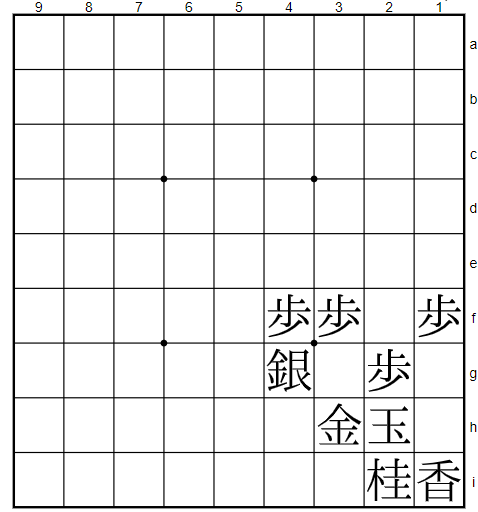
Kimura Mino
often used in Ranging Rook vs. static rook games.
pros: easy to develop. the Knight can be an attacker.
cons: not strong overall. 4g-Silver tends to be a target.
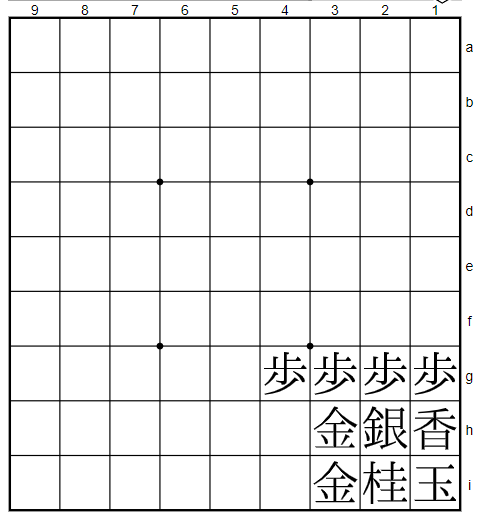
Anaguma
often used in Ranging Rook vs. static rook games.
pros: very strong and far from attack. it can be more developed.
cons: takes time to develop. weak against the edge attack. the King has no space.
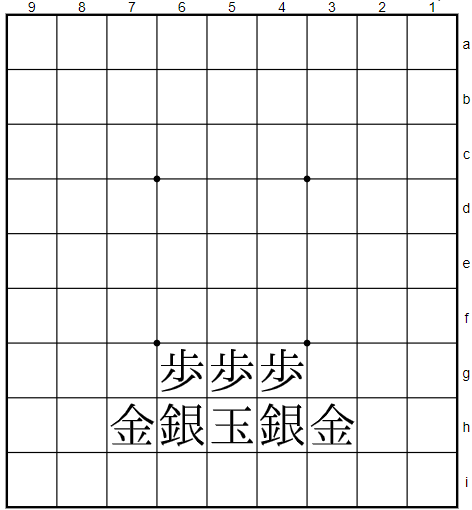
Central House
used in Double Static Rook games.
pros: easy to develop. the King has space.
cons: not strong overall. weak on the back rank against Rooks.
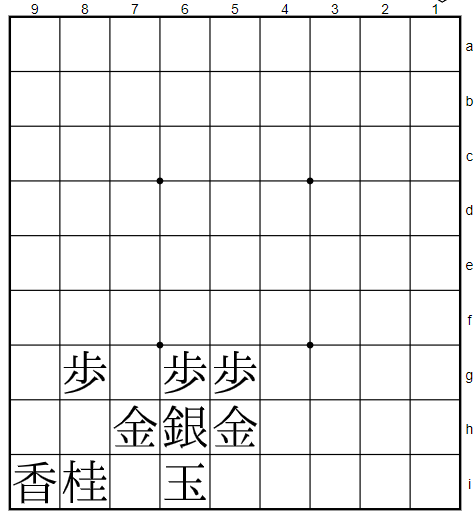
Grab Castle
used in Double Static Rook games.
pros: easy to develop. it can be more developed.
cons: not strong overall. the King gets check easily with Rooks.
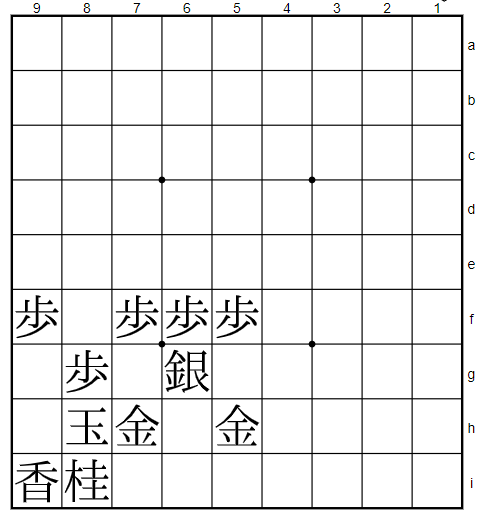
Gangi Castle
used in Double Static Rook games.
pros: easy to develop. the King has space.
cons: not strong overall.
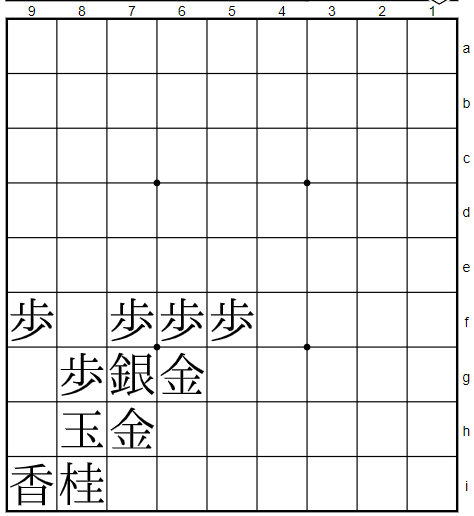
Yagura
often used in Double Static Rook games.
pros: hard to break down with a frontal attack. it can be more developed.
cons: weak against side attack.

